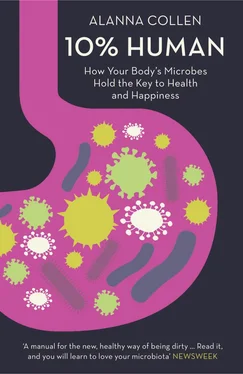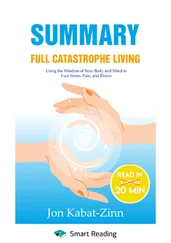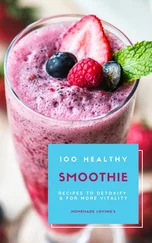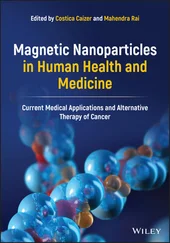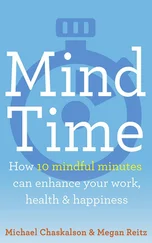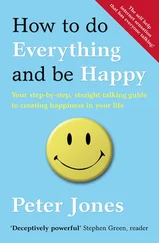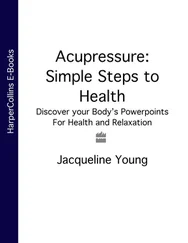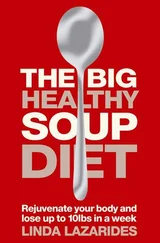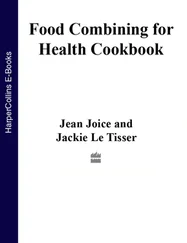But in the years that followed, science journalists the world over began expressing their disappointment in the contribution that knowledge of our complete DNA sequence had made to medicine. Although decoding our own instruction book is an irrefutable achievement that has made a difference to treatments for several important illnesses, it has not revealed as much as we expected about the causes of many common diseases. Searching for genetic differences in common to people with a particular disease did not throw up straightforward links for as many conditions as had been expected. Often, conditions were weakly linked to tens or hundreds of gene variants, but rarely was it the case that possessing a given gene variant would lead directly to a given disease.
What we failed to appreciate at the turn of the century was that those 21,000 genes of ours are not the full story. The DNA-sequencing technology invented during the Human Genome Project enabled another major genome-sequencing programme, but one that received far less media attention: the Human Microbiome Project. Rather than looking at the genome of our own species, the HMP was set up to use the genomes of the microbes that live on the human body – the microbiome – to identify which species are present.
No longer would a reliance on Petri dishes and an over-abundance of oxygen hold back research into our cohabiters. With a budget of $170 million and a five-year programme of DNA sequencing, the HMP was to read thousands of times as much DNA as the HGP, from microbes living in eighteen different habitats on the human body. It was to be a far more comprehensive survey of the genes that make a person, both human and microbial. At the conclusion of the Human Microbiome Project’s first phase of research in 2012, not one world leader made a triumphant statement, and only a handful of newspapers featured the story. But the HMP would go on to reveal more about what it means to be human today than our own genome ever has.
Since life began, species have exploited one another, and microbes have proved themselves to be particularly efficient at making a living in the oddest of places. At their microscopic size, the body of another organism, particularly a macro-scale backboned creature like a human, represents not just a single niche, but an entire world of habitats, ecosystems and opportunities. As variable and dynamic as our spinning planet, the human body has a chemical climate that waxes and wanes with hormonal tides, and complex landscapes that shift with advancing age. For microbes, this is Eden.
We have been co-evolving side-by-side with microbes since long before we were humans. Before our ancestors were mammals even. Each animal body, from the tiniest fruit fly to the largest whale, is yet another world for microbes. Despite the negative billing many of them get as disease-causing germs, playing host to a population of these miniature life-forms can be extremely rewarding.
The Hawaiian bobtail squid – as big-eyed and colourful as any Pixar character – has diminished a major threat to its life by inviting just one species of bioluminescent bacterium to live in a special cavity in its underbelly. Here, in this light organ, the bacteria, known as Aliivibrio fischeri , convert food into light, so that viewed from below, the squid glows. This obscures its silhouette against the moonlit ocean surface, camouflaging it from predators approaching from beneath. The squid owes this protection to its bacterial inhabitants, and they owe the squid for their home.
While housing a microbial light source might seem a particularly inventive way to increase one’s life chances, squid are far from the only animal species who owe their lives to their body’s microbes. Strategies for living are many and varied, and cooperation with microbes has been a driving force of the evolutionary game since living beings with more than one cell first evolved, 1.2 billion years ago.
The more cells an organism is made of, the more microbes can live on it. Indeed, large animals such as cattle are well known for their bacterial hospitality. Cows eat grass, yet using their own genes they can extract very little nutrition from this fibrous diet. They would need specialist proteins, called enzymes, that can break down the tough molecules making the cell walls of the grass. Evolving the genes that make these enzymes could take millennia, as it relies on random mutations in the DNA code that can only happen with each passing generation of cows.
A quicker way to acquire the ability to get at the nutrients locked away in grass is to outsource the task to the specialists: microbes. The four chambers of the cow’s stomach house populations of plant-fibre-busting microbes numbering in their trillions, and the cud – a ball of solid plant fibre – travels back and forth between the mechanical grinding of the cow’s mouth and chemical breakdown by the enzymes produced by microbes living in the gut. Acquiring the genes to do this is quick and easy for microbes, as their generation times, and therefore opportunities for mutations and evolution, are often less than a day.
If bobtail squid and cows can both benefit from teaming up with microbes, is it possible that we humans do as well? We may not eat grass and have a four-chambered stomach, but we do have our own specialisations. Our stomachs are small and simple, there just to mix the food up, throw in some enzymes for digestion, and add a bit of acid to kill unwelcome bugs. But travel on, through the small intestine, where food is broken down by yet more enzymes and absorbed into the blood through the carpet of finger-like projections that give it the surface area of a tennis court, and you reach a cul-de-sac, more of a tennis ball than a tennis court, that marks the beginning of the large intestine. This pouch-like patch, at the lower right corner of your torso, is called the caecum, and it is the heart of the human body’s microbial community.
Dangling from the caecum is an organ that has a reputation for being there simply to cause pain and infection: the appendix. Its full title – the vermiform appendix – refers to its worm-like appearance, but it could equally be compared to a maggot or a snake. Appendices vary in length from a diminutive 2 cm to a distinctly stringy 25 cm, and, rarely, a person may even have two of them, or not one at all. If popular opinion is to be believed, we would be better off without one at all, since for over one hundred years they have been said to have no function whatsoever. In fact, the man who finally put the anatomy of animals into an elegant evolutionary framework is apparently responsible for this persistent myth. Charles Darwin, in The Descent of Man , a follow-up to On the Origin of Species , included the appendix in a discussion of ‘rudimentary’ organs. Having compared it with the larger appendices of many other animals, Darwin felt that the appendix was a vestige, steadily withering away as humans changed their diets.
With little to indicate otherwise, the vestigial status of the appendix was barely questioned for the next 100 years, and the perception of its uselessness is only enhanced by its tendency to cause a nuisance. So pointless has the medical establishment assumed it to be, that by the 1950s, removing it became one of the most common surgical procedures carried out in the developed world. An appendectomy was even often tacked on as a bonus during other abdominal surgery. At one point, a man stood a one in eight chance of having his appendix removed during his lifetime, and for a woman, the odds were one in four. About 5–10 per cent of people get appendicitis at some stage in their life, usually in the decades before they have children. Untreated, nearly half of these people would die.
This presents a conundrum. If appendicitis were a naturally occurring disease, frequently causing death at a young age, the appendix would be quickly eliminated by natural selection. Those with appendices large enough to become infected would die, most often before reproducing, and would therefore fail to pass on their appendix-forming genes. Over time, fewer and fewer people would have an appendix, and eventually it would be lost. Natural selection would have preferred those without one.
Читать дальше
